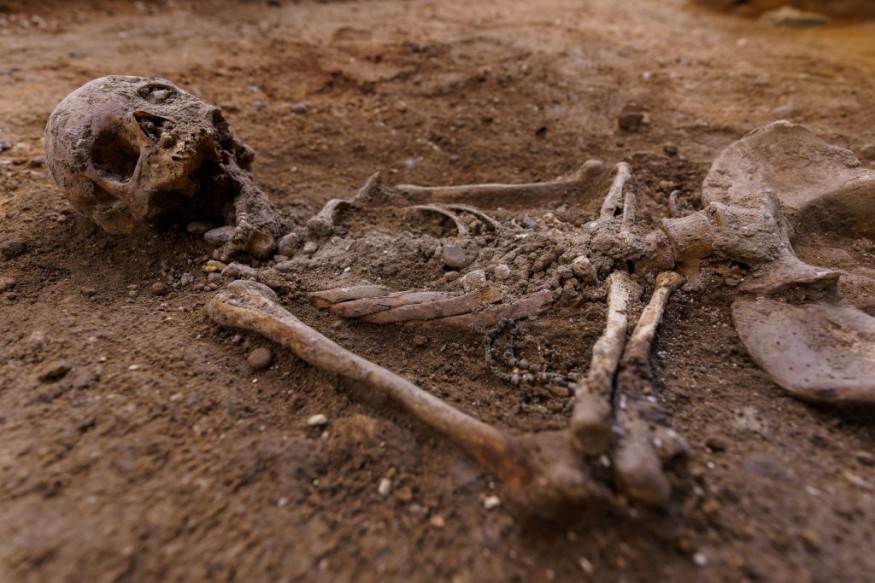A 31,000-year-old skeleton of a child has been discovered in Borneo who had the lower third of their left lower leg surgically amputated in what is believed to be the oldest known case of limb amputation, Newsweek reported. The child not only survived the surgery but also managed to live for six to nine years more.
Before this discovery, the earliest known case of a successful amputation was the 7,000-year-old skeleton of a man found in France, wherein his left forearm was amputated just above the elbow.

Hunter-Gatherers May Have the Knowledge and Skills of Performing Surgery
Archaeologist Tim Maloney from Griffith University in Southport, Australia, and his colleagues said that one or more hunter-gatherers who performed the amputation surgery could have detailed knowledge of the anatomy and technical skills needed that avoid fatal blood loss and infection during the operation.
Science News reported that researchers suspect that the child has an unidentified medical problem that led to the child's leg getting amputated since there are no crushing marks from an accident or an animal's bit at the amputation site. The skeleton showed a healed bone where the leg was amputated, which indicated that the child could have died at 19 or 20 years old a few years after the surgery.
#Anthropology The oldest known surgical amputation occurred 31,000 years ago https://t.co/xFkpxpLbmN
— IRICA - UCLM (@IRICA_uclm) September 7, 2022
The skeleton was excavated in 2020 from the grave of a large, three-chambered cave, and radiocarbon dating of the burned wood bits below the grave and tooth from the skeleton's lower jaw led researchers to estimate when the surgery took place.
Since this discovery, it has become the oldest known surgery in history, overthrowing the 7,000-year-old amputation of the man from France. Meanwhile, surgeries in North Africa created skull openings as early as 13,000 years ago.
Maloney's team suspects that hunter-gatherers at that time in Borneo might have developed antiseptic treatments from local plants to prevent wound infections. But it is still unknown what tools they used in the Stone Age to operate and whether the patient was sedated with a plant-derived medication.
ALSO READ: Ancient China Punishment Method Executes Perfect Dismemberment While Keeping Criminal Alive
Discovering the Origins of Surgery
Durham University archaeologist Professor Charlotte Roberts, who is not part of the study, described the recent findings as the "dawn of surgery." He said in a statement that evidence of a child in a hunter-gatherer community surviving amputation sheds light on the origins of surgery.
He added that it challenges the current view that surgery only emerged alongside farming 10,000 years ago. He noted that the hunter-gatherer community in which this person might have lived would be relatively mobile while foraging and hunting, which makes recovery a very challenging process since amputation patients usually need care, rest, healing, and rehabilitation.
Therefore, it would have been challenging to support the child during those times compared to when people started farming in the later periods when it would have been easier to get help while still working. Study Finds reported that this study also provides new information about how ancient people cared for their sick members.
Dr. Roberts explained that the person must have received care even after dying, given its deliberate burial in a cave. Finally, Roberts said whether the person received an artificial limb or not for support could be contemplated.
RELATED ARTICLE: 40 Decapitated Skeletons Found in Ancient Cemetery Along With Artifact Prove Roman Settlement in the Area
Check out more news and information on Archaeology in Science Times.












